Sitting Bull, or Tatanka Iyotanke, was born sometime between 1831 and 1837 at a place the Dakotas called Many Caches. Today, that location is near Grand River in South Dakota. Sitting Bull’s father, also known as Sitting Bull, was a warrior of great courage. His family was part of the Hunkpapa (also called Uncpapa) band of the Western or Teton Dakotas (also called Sioux or Lakotas).
Sitting Bull's boyhood name was Jumping Badger, but his friends called him “Slow” because of his deliberate way of doing things. While still a young man, Sitting Bull demonstrated his intelligence, courage, and leadership. One of his biographers called him a “natural strategist of no mean courage and ability.” This courage served him well, especially after 1862 when soldiers and gold-seekers repeatedly entered the land guaranteed to the Sioux by treaty. The emigrant and Army wagon trains disturbed the bison herds and destroyed the grass. Soldiers came to protect the pioneers, but Sitting Bull believed that his band had no quarrel with the United States.
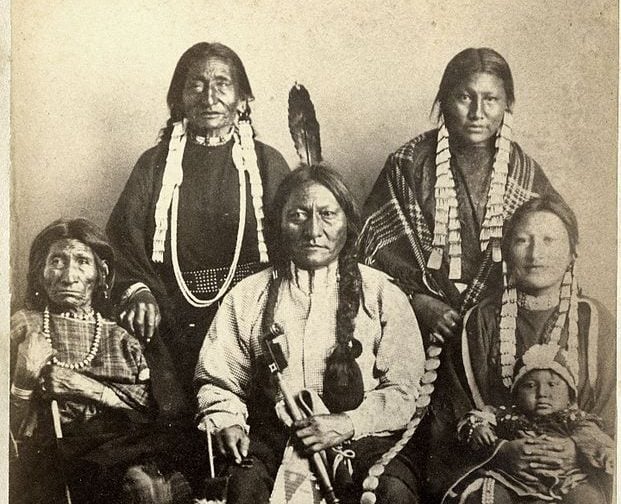
After battles with the Army in 1863 (Whitestone Hill), 1864 (Killdeer Mountain), and 1865 (at Fort Rice), Sitting Bull was recognized by the Army for his leadership in battle. By 1868, he was considered to be one of the most important leaders of the Teton Dakotas (also called Lakotas). Even though Sitting Bull was respected, he could not tell people what to do. Decisions were usually made by a group of men after discussing problems at length.
The Army saw Sitting Bull as a fierce and powerful opponent. As the Northern Pacific Railroad prepared to build through Dakota treaty lands, Sitting Bull demonstrated his fearlessness by sitting with four other warriors on the prairie in front of the soldiers protecting the railroad workers. They smoked their pipes as the soldiers fired their guns at them. When they finished smoking, they got up and walked away.
In 1868, the new Treaty of Fort Laramie granted to the Western Dakotas “absolute and undisturbed use and occupation” of an area in southwestern Dakota Territory that included the Black Hills. These forested hills were important to the Dakotas as sacred and spiritual ground. This was their homeland. However, in 1874, Colonel George Custer led an expedition to the Black Hills to map the area and to see if rumors of gold were true. Soldiers brought back information that there was much gold in the Black Hills. The result was a rush to the gold mines of the Black Hills.

Buy it here if you like it 👉 CLICK HERE
The federal government tried to resolve the conflict with the Dakotas by offering to buy the Black Hills from the tribes, but the tribes refused to sell. The government then demanded that the Dakotas go to reservations set aside for them. Those Dakotas who refused this order were considered hostile and subject to military action. Sitting Bull and his people, along with many other tribes, refused to accept this violation of the 1851 and 1868 treaties. Sitting Bull began a campaign of harassment against the railroad, the Army, and the few settlers who entered Sioux country. The conflict led to the battle at the Little Big Horn River in Montana in 1876.
Sitting Bull was one of the leaders in the battle on the river the Lakotas called the Greasy Grass. Thousands of Lakota warriors with their Cheyenne allies defeated the Army. None of Colonel Custer’s 7th Cavalry troops survived the battle.
Although the Hunkpapas and their allies won the battle, Sitting Bull knew that more soldiers would come after them. With his people, Sitting Bull crossed the border into Canada in May 1877. They stayed there until July 1881. By then, there were too few bison to support the Hunkpapas. Starving, the Hunkpapas surrendered at Fort Buford (Dakota Territory) in 1881 and reluctantly accepted a new life at Standing Rock Reservation.
In December 1890, when the Ghost Dance reached Standing Rock reservation, the agent still feared Sitting Bull’s power as a leader and had him arrested. Sitting Bull’s followers came to his aid and the confusion led to a gunfight. Sitting Bull was killed in the fight.
Sitting Bull’s death did not put an end to his reputation as a man of courage who did as much as possible to protect his people. For years, people talked of his actions and repeated his words. He understood, even after surrendering, that “No white man controls our footsteps. If we must die, we die defending our rights."
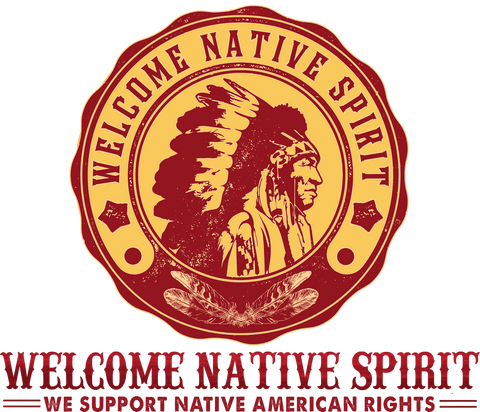

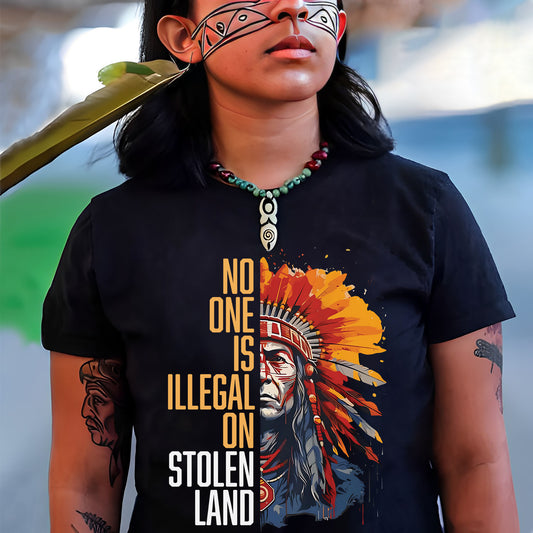
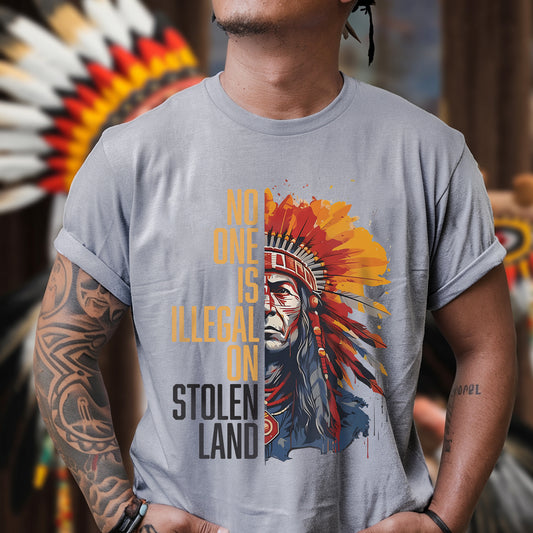
![[Two Sides] Trail of Tears The Deadly Journey Unisex T-Shirt/T-Shirt V-Neck/Hoodie/Sweatshirt](http://welcomenativespirit.com/cdn/shop/files/20_2bae9cf5-c07c-4ea5-a8ea-de74aa71325d_533x.jpg?v=1757466962)
![[Two Sides] Trail of Tears The Deadly Journey Unisex T-Shirt/T-Shirt V-Neck/Hoodie/Sweatshirt](http://welcomenativespirit.com/cdn/shop/files/gray_-2side_b51af6c7-cea9-4004-90db-cb8d883be04a_533x.png?v=1759742586)

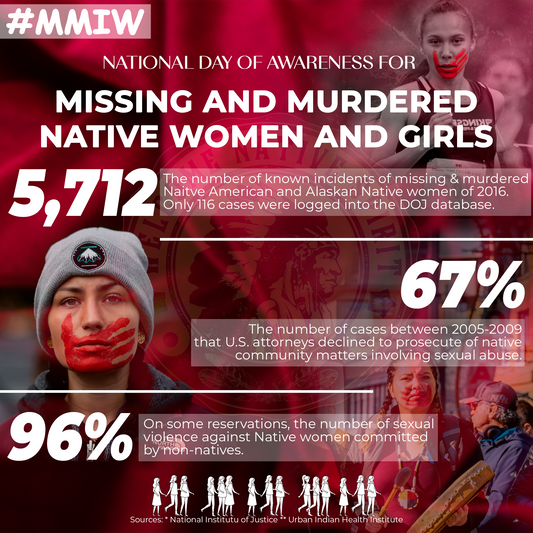


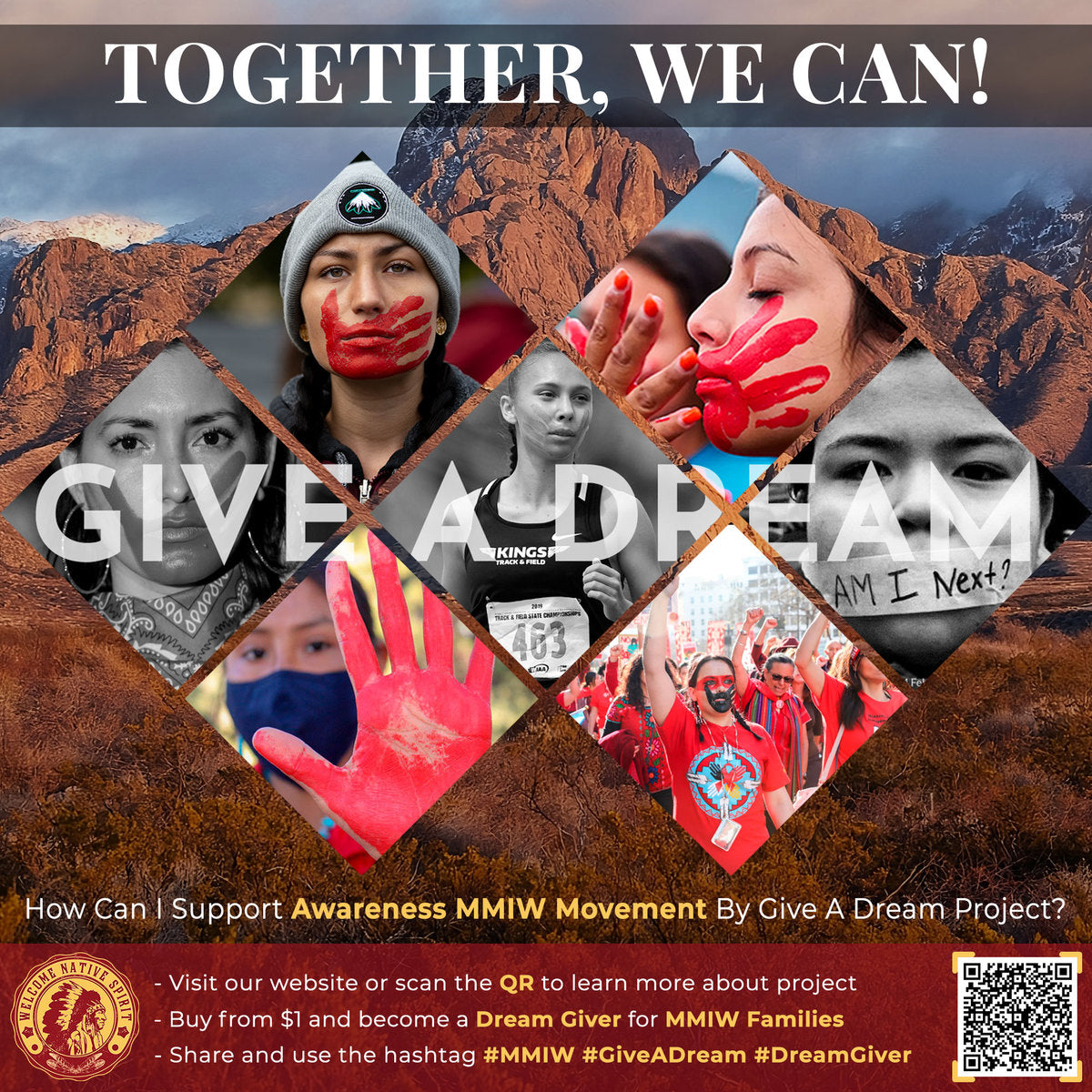

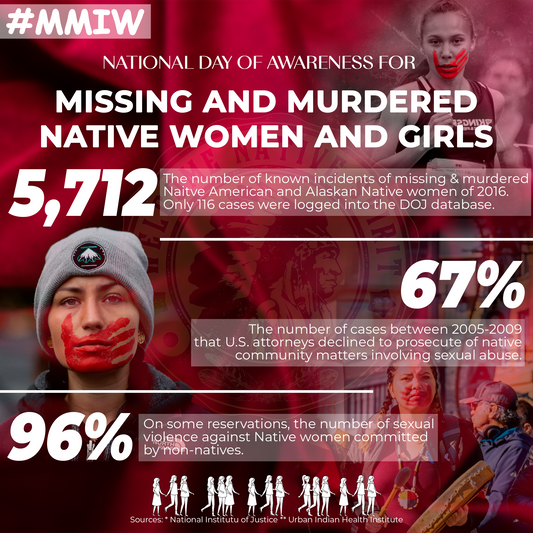
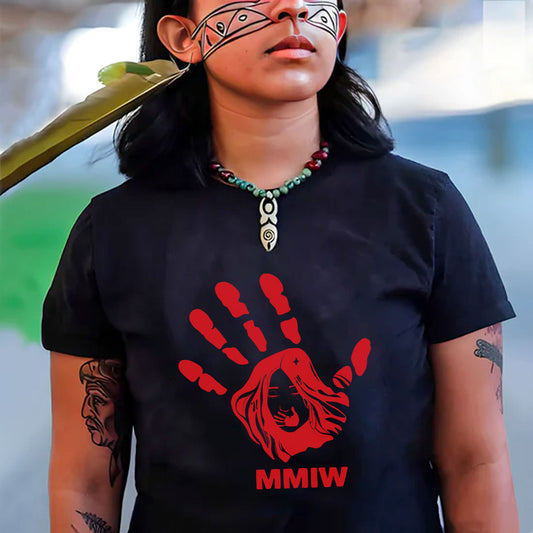
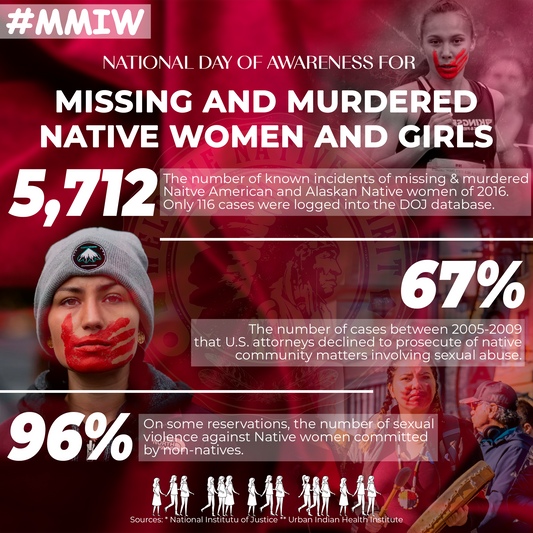




9 Comments
Very helpful story.Keep up the great work.
So much history I’m learning about now at age 70 that was NOT taught in schools when I was a child! I’ve done ALOT OF reading in the past few years! I reread Bury My Heart At Wounded Knee and I had forgotten about the ending after Wounded Knee slaughter——- Peace On Earth Good will Toward Men! After all these years what with Ukraine and Israel wars, there still isn’t PEACE ON EARTH let alone Good Will Toward Men!
My parents were BOlA Federal teachers in the 1940’s. Our last school was Rock Creek in Bullhead, South Dakota. I am interested in all information true to these Indigenous people.
I recently learned of the Dakota 38 thanks to the documentary film Lakota Nation vs United States. That story along with this one tell a tale that few people know. The Native American people have endured so much and yet stay the course of love,respect,courage,humility,honesty,wisdom and truth.